The world watched as the streets of Ferguson, Mo., erupted in anger at news that a grand jury had declined to indict a white police officer who killed an unarmed black teenager. The 24 hours that followed filled the town near St. Louis with both peaceful protests and skirmishes with police, calls for change and destructive looting amid dozens of arrests by hundreds of law-enforcement personnel. Philip Montgomery walked the streets to capture these photographs from the fallout for Bloomberg Businessweek.
Category: Portfolios & Galleries
-
24 Hours in Ferguson — Businessweek
-
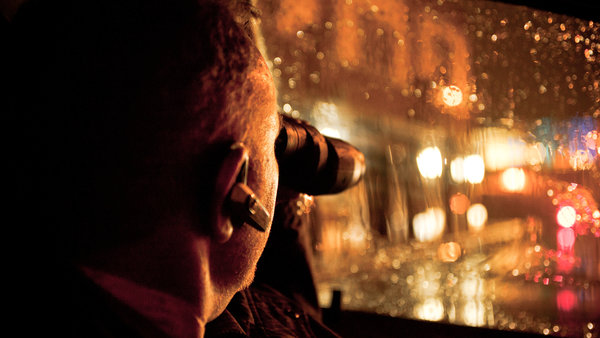
Moving Pictures and Opportunity for Change – NYTimes.com
Moving Pictures and Opportunity for Change
An innovative collaboration that began with documenting the lives of teenagers who were victims of sex trafficking hopes to not just engage viewers, but also to spur them to act.
via Lens Blog: https://archive.nytimes.com/lens.blogs.nytimes.com/2014/12/01/moving-pictures-from-the-screen-to-action/
“The Long Night,” a film produced by Brian Storm, directed by Mr. Matsui and funded by the Alexia Foundation, is a gut-wrenching exploration of the effects of sex trafficking on seven people, including victims, survivors and law enforcement officers
-
Guyana 2014 Thony Bélizaire – The Eye of Photography
A Haitian photojournalist, Thony Bélizaire covered the news in his country for 35 years. From coups, military regimes, the Tontons Macoutes, the rise to power and exile of different presidents, earthquakes and cultural events, his photographs document the transformation of this complex country on the road to democracy
-
David Strick, backstages – The Eye of Photography
For the past forty years, David Strick has studied the mysterious phenomenon that is Hollywood, examining its artificiality and its affect on the world beyond the city limits. Strick has just started a blog where he combines the media’s image of Hollywood with his own in order to give an insider’s view of the industry. A portrait of the photographer in ten points.
-
Lianzhou Foto Festival 2014 Part III – The Eye of Photography
To counter the stereotypical image of Mexico largely created by the American media, the Bronx Documentary Center is exhibiting the work of four Mexican photographers and one Chicano. Chuy Benitez, born in Houston, Texas, decided to represent the cultural diversity of his hometown, where he is seen as not quite Mexican and not quite American. Cultural export is also the focus of Ruth Prieto, who visited Mexicans recently settled in the United States, where they cover the walls with lively blue, yellow, pink and green colors, like the traditional costumes of their native regions.
-
Miradas, Contemporary Mexican Photographers at BDC – The Eye of Photography
To counter the stereotypical image of Mexico largely created by the American media, the Bronx Documentary Center is exhibiting the work of four Mexican photographers and one Chicano. Chuy Benitez, born in Houston, Texas, decided to represent the cultural diversity of his hometown, where he is seen as not quite Mexican and not quite American. Cultural export is also the focus of Ruth Prieto, who visited Mexicans recently settled in the United States, where they cover the walls with lively blue, yellow, pink and green colors, like the traditional costumes of their native regions.
-
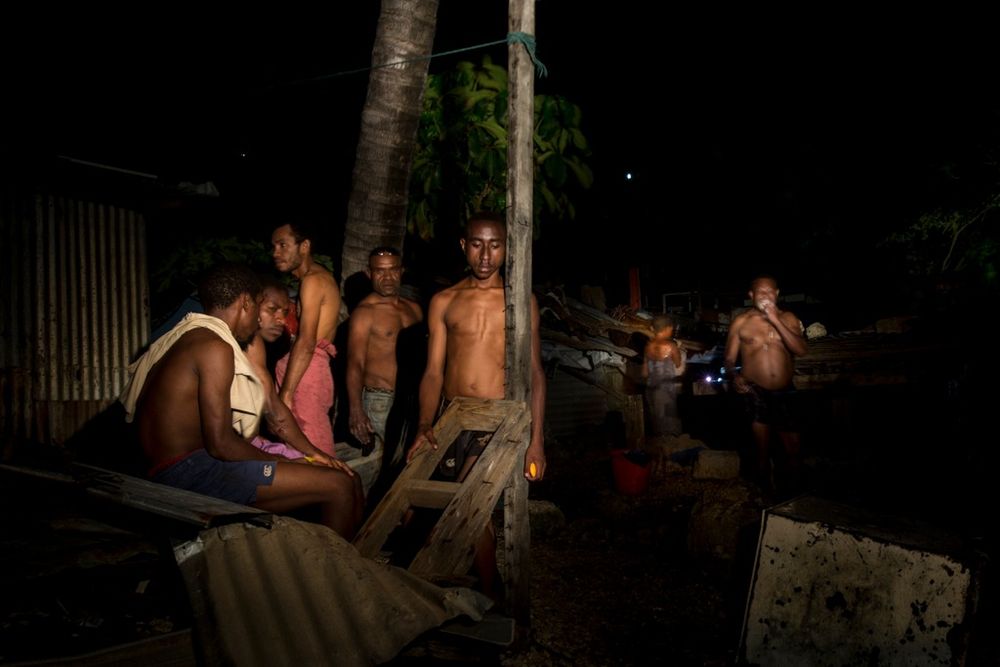
Philippe Schneider – Where We Live Matters | LensCulture
Philippe Schneider – Where We Live Matters | LensCulture
We often perceive slums as dark dens of poverty and despair, where criminals, juvenile delinquents, and squatters wander aimlessly amongst ramshackle, makeshift structures. We draw a clear distinction between the slum dwellers and ourselves: they are the “other”. This is how slums across the world have long been portrayed in popular discourse.
In 2007, for the first time in history, the world’s population was more urban than rural. One out three city dwellers – one billion people around the world – lives in a slum. Urban development now appears to be synonymous with a concurrent growth in urban poverty. This rapidly growing gap between the urban rich and poor is most evident in developing countries. Slums are becoming the most prevalent type of urban residential settlement in the developing world.
“Where we live matters” is the story of the residents of the Paga Hill slum in Port Moresby, the capital city of the southwestern Pacific nation of Papua New Guinea, in which 45 percent of the population lives in slum neighborhoods.
On 12 May 2012, some one hundred police officers armed with assault rifles and machetes descended on the Paga Hill slum with the aim of driving out its residents and demolishing one of Port Moresby’s oldest neighborhoods. This forced eviction was being carried out to make room for Paga Hill Estates, an “exclusive” residential development project overlooking Port Moresby bay. This attempted eviction, initiated by a Development Company, constituted a gross violation of internationally recognized human rights, including the right to adequate housing.
Though the eviction was eventually halted due to the intervention of Papua New Guinea opposition leader Dame Carol Kidu, police forces had already nevertheless managed to demolish Paga Hill 21 homes.
Slums are often perceived as dark, frightening places, the corners of our cities that we often choose not to see. Paga Hill is no different. The images presented in this project put human faces on Paga Hill’s residents, telling their personal stories rather than leaving them relegated to statistics, stigma and prejudice.
Where we live matters. Our place of residence dictates whether or not we have access to basic services, whether or not we are employable, indeed, if we are even fully human in society’s eyes. This project aims to challenge the viewer’s perception of slum dwellers and to highlight the critical truth that, irrespective of a person’s place of residence, all people have the same basic needs, hopes and fears.
via LensCulture: https://www.lensculture.com/projects/48080-where-we-live-matters
“Where we live matters” is the story of the residents of the Paga Hill slum in Port Moresby, the capital city of the southwestern Pacific nation of Papua New Guinea, in which 45 percent of the population lives in slum neighborhoods.
-
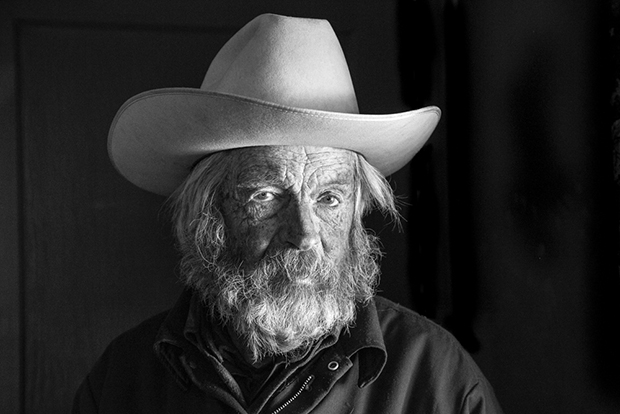
A Glimpse at the Quiet Life of a Montana Rancher – Feature Shoot
A Glimpse at the Quiet Life of a Montana Rancher
John Hoiland Cattle Drive, Wilsal, Montana Hay Bales For the last three years Cynthia Matty-Huber has photographed ranchers across the state of Montana. Fascinated by the rugged lifestyle that ranching…
via Feature Shoot: https://www.featureshoot.com/2014/12/a-glimpse-at-the-quiet-life-of-a-montana-rancher/
For the last three years Cynthia Matty-Huber has photographed ranchers across the state of Montana. Fascinated by the rugged lifestyle that ranching demands, Matty-Huber has spent the past year documenting one rancher in particular. John Hoiland’s family came to Montana in 1906. He has spent his entire life on the farm. When his parents died, he added their chores to his, working the farm alone.
-
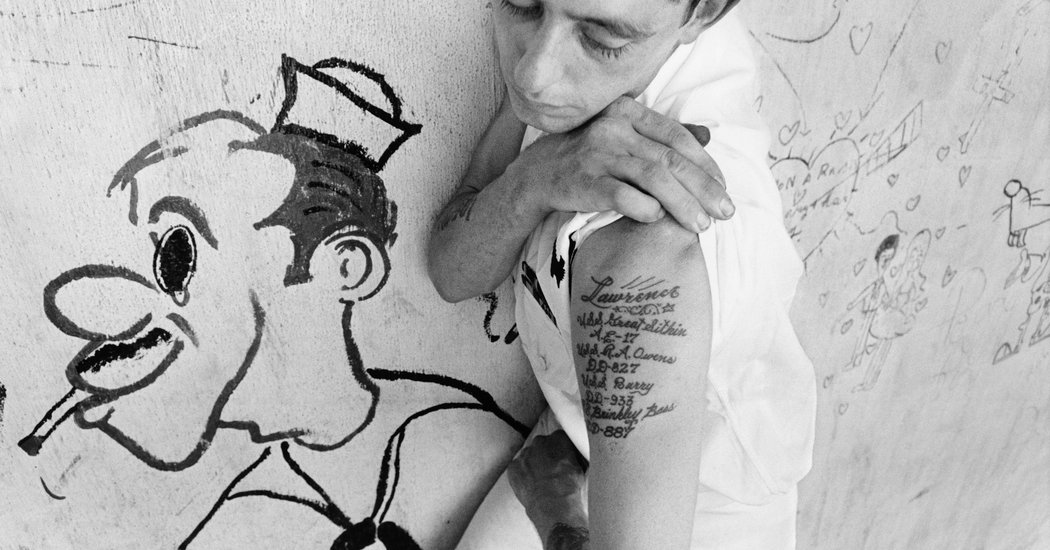
American Culture, Riding a Mushroom Cloud – NYTimes.com
American Culture, Riding a Mushroom Cloud
In “Chewing Gum and Chocolate,” Shomei Tomatsu explored the attractions and contradictions of American culture and the military in postwar Japan.
via Lens Blog: http://lens.blogs.nytimes.com/2014/12/24/american-culture-riding-a-mushroom-cloud/?module=BlogPost-Title&version=Blog
The photographer Shomei Tomatsu was drawn to ninja and samurai movies as a child in post-World War II Japan, even though teachers forbade students from seeing them. They called them “disreputable.” He found them irresistible.
-
Life in Lagos: The Deafening Roar of Big Religion | PROOF
-
Andrew Esiebo: Social Identities and Cultural Imaginaries in West Africa Through the Barbershop Lens « The Leica Camera
Born in 1978, Andrew Esiebo is an acclaimed Lagos-based photographer whose work has been exhibited and published worldwide. Devoting his photo/multimedia work to urban societal issues, he recently turned his gaze to West African barbershops. Their spaces, styles and practices revealed themselves extremely rich to explore issues such as (male) social identities, collective imaginaries and global cultures’ circulation in contemporary West African societies
-
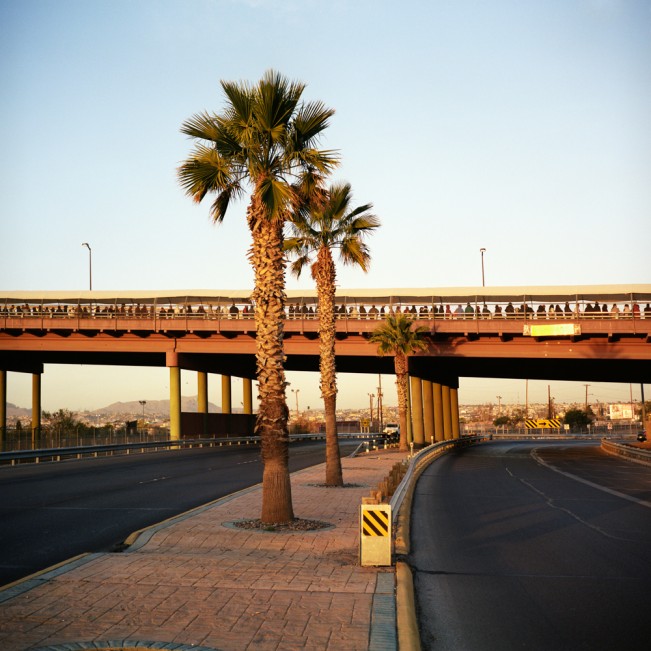
Scott Dalton: Where the River Bends | LENSCRATCH
Scott Dalton: Where the River Bends – LENSCRATCH
Looking at work from PhotoNOLA… Photographer Scott Dalton brings a visual reality to two cities, co-joined by a bridge, economic and historical connections. Brought to light in the news and in the television show, The Bridge, Juárez and El Paso are not cities of equals–they may share a border, but not a quality of life. His
via LENSCRATCH: http://lenscratch.com/2015/01/scott-dalton/
Photographer Scott Dalton brings a visual reality to two cities, co-joined by a bridge, economic and historical connections. Brought to light in the news and in the television show, The Bridge, Juárez and El Paso are not cities of equals–they may share a border, but not a quality of life. His well-seen project, Where the River Bends, explores the realities of life on both sides of the bridge and makes us examine the idea of boundaries and borders. As Scott states, “I am also interested in the idea of the proximity and possibility of the American Dream and what that means to people on both sides of the border”.
-
The Art of the Personal Project: Ryan Heffernan | A Photo Editor
The Art of the Personal Project: Ryan Heffernan
As a former Art Producer, I have always been drawn to personal projects because they are the sole vision of the photographer and not an extension of an art director, photo editor, or graphic design…
via A Photo Editor: https://aphotoeditor.com/2015/01/15/the-art-of-the-personal-project-ryan-heffernan/
Growing up in St. Helena, CA it was amazing to watch the valley transform into a massive production every harvest. I wanted to explore the contrast between wine as a luxury good and the hard labor that went on behind the scenes.
-

Pete Muller – A Tale of Two Wolves: Men, Masculinity and Violence | LensCulture
LensCulture – Contemporary Photography
Discover and share the best in contemporary photography
via LensCulture: https://www.lensculture.com/articles/pete-muller-turning-tides-congo-s-war-against-the-m23
Congo presents but one illustration of the relationship between embattled masculinity and violence that I believe exists in various forms throughout the world. In order to reduce violence, it is essential to critically explore the context from which male aggression emerges.
-
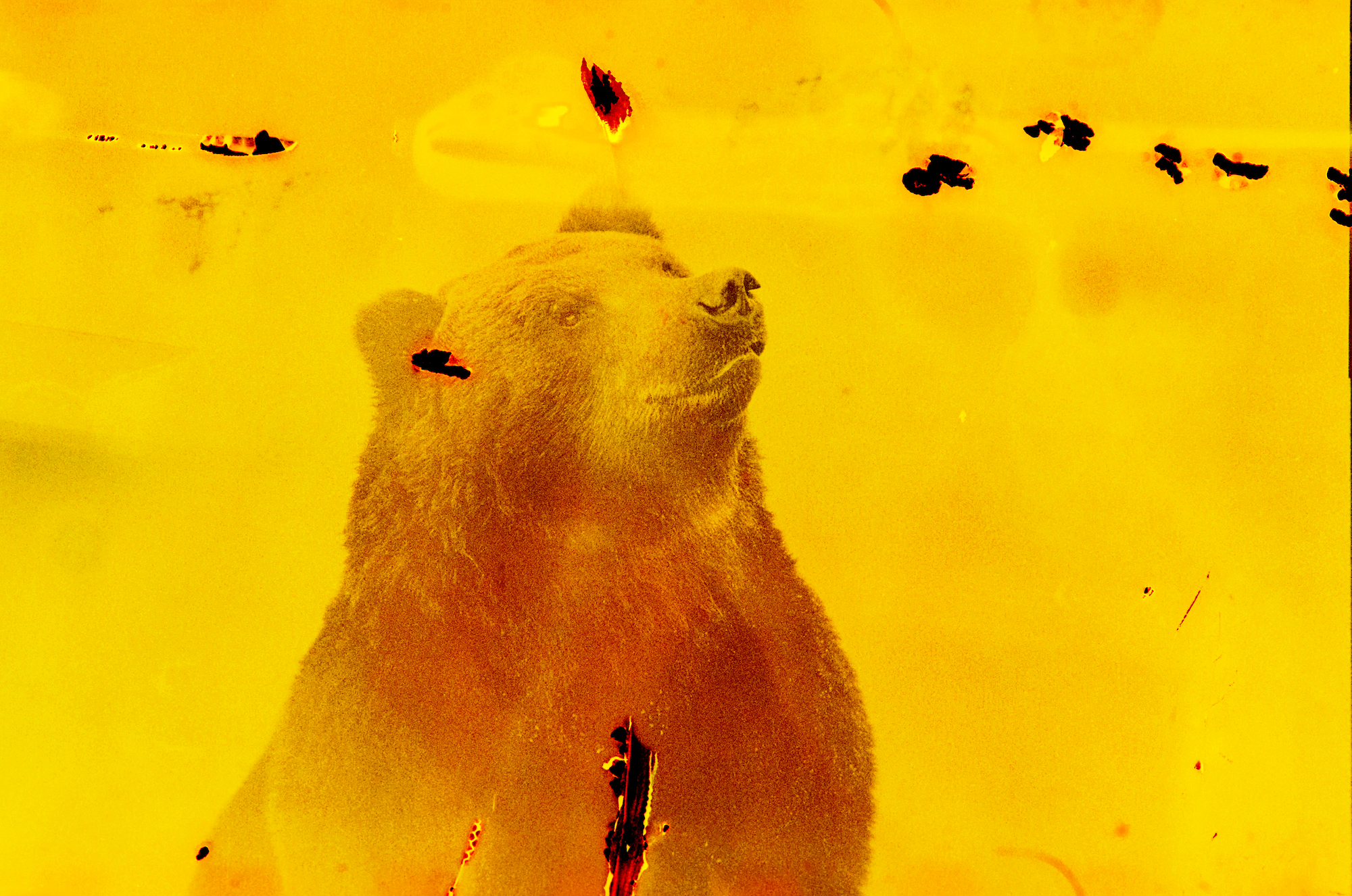
Chobi Mela – Chobi Mela VIII: Asia’s Largest Photo Festival | LensCulture
LensCulture – Contemporary Photography
Discover and share the best in contemporary photography
via LensCulture: https://www.lensculture.com/articles/chobi-mela-chobi-mela-viii-asia-s-largest-photo-festival
The 8th edition of Bangladesh’s photography festival Chobi Mela will focus on the theme of Intimacy. Featuring the work of more than 30 artists (hailing from 22 different countries), the festival’s artistic program will offer an exciting mix of Asian and international work, by familiar names and relative newcomers.
